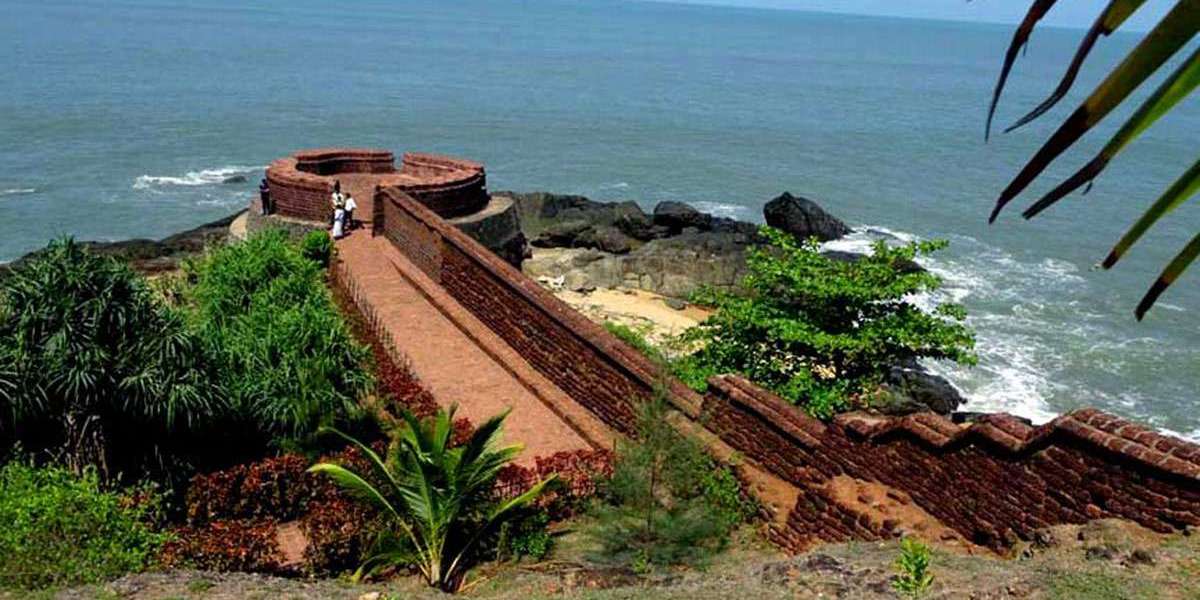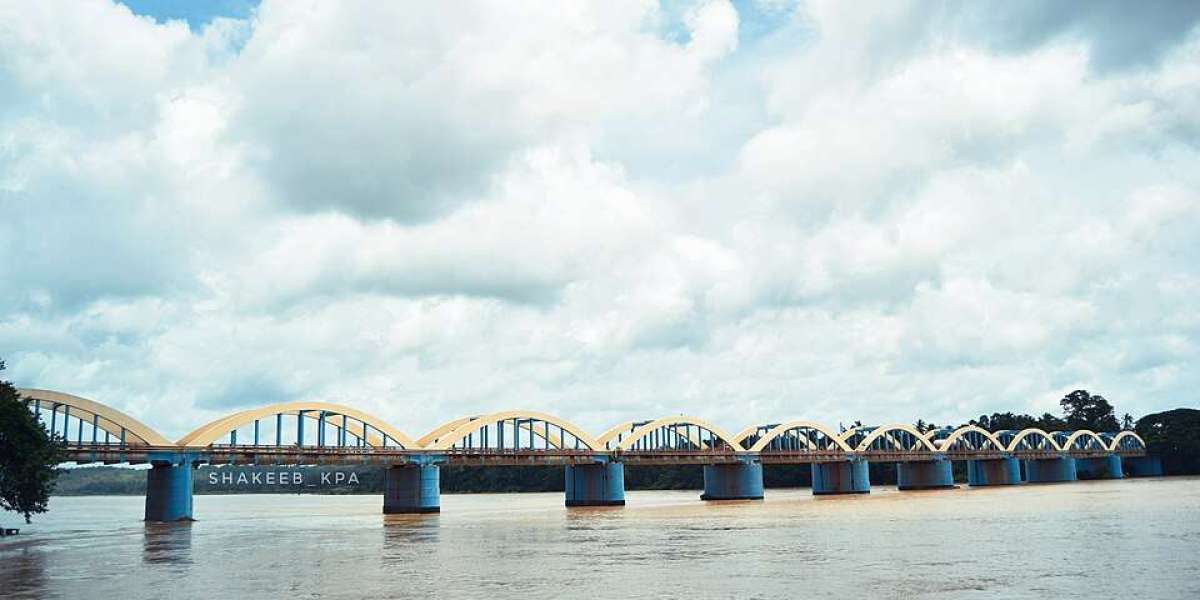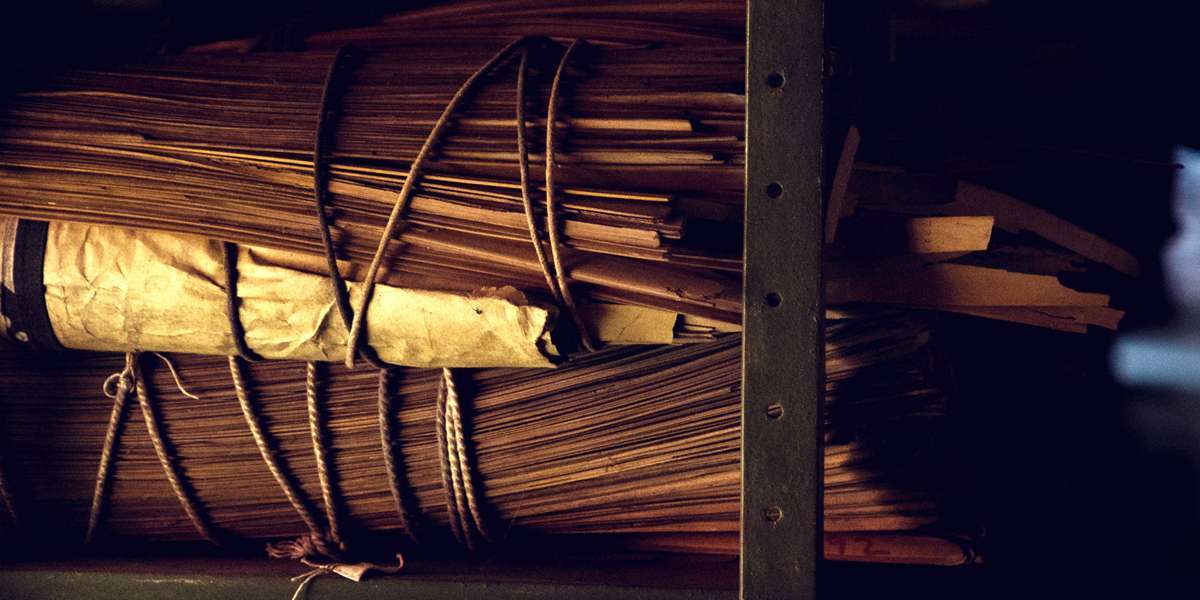Polling Stations
According to the Kerala Election Commission, the constituency has 194 polling stations. A partial snapshot includes stations like:
AUPS Kaithakkadu in Cheruvathur (Ward 5)
Govt. Welfare UPS, Cheruvathur (West/East)
Govt. UPS Pilicode (South & North buildings)
Govt. Higher Secondary School Pilicode (multiple blocks)
Isathul Islamiya ALP School Chandera, Pilicode wards
Additional schools and community halls spread across Kundyam, Nileshwar, Kottapuram, Kayyur, Alanthatta, Thimiri, Pullanhipara, Pothavoor, Muzhakkothu, and Kooliyad villages.
These polling sites extend across both coastal and inland rural wards, ensuring widespread voter accessibility.
Geographic & Demographic Features
Trikaripur lies along the Arabian Sea coast, bordering Kannur district at its southern tip. Its terrain includes coastal plains, inland agricultural land, and some estuarine water bodies (e.g. near Valiyaparamba).
As per the 2011 census, Trikaripur town housed ~41,201 people across 27.3 km², with a high literacy rate of ~89.9%, and a sex ratio of 1,109 females per 1,000 males. The constituency recorded approximately 1.98 lakh electors in 2021, split across genders (94,110 males; 104,349 females; 1 third gender). Voter turnout has consistently been above 80%, marking Trikaripur as the highest turnout constituency in Kasaragod district in 2011 and 2016 (~80–82%).
Economic Profile & Livelihoods
The constituency's economy is diverse:
Agriculture: Paddy, coconut, cashew, pepper cultivation in inland areas.
Blue economy & fisheries: Coastal panchayats (Valiyaparamba, Trikaripur, Cheruvathur) rely significantly on marine fisheries.
Remittances (NRI income): A notable share of households depend on Gulf migration for livelihood.
Trade & small businesses: Local shops, roadside commerce, and small-scale manufacturing in Cheruvathur/Nileshwar.
Education-based employment: Institutions like Rajiv Gandhi Institute of Pharmacy and College of Engineering offer jobs and training locally.
Income-wise, the majority of residents belong to the middle-income bracket, supported by remittances and small business earnings. Coastal fisherfolk and remote inland hamlets include some households below the poverty line, though overall economic status trends toward stability.
Political Peculiarities
Trikaripur has been a bastion of the LDF/CPI(M)—winning every election since 1977. In 2021, M. Rajagopalan of CPI(M) retained the seat with approximately 53.7% vote share, defeating UDF candidate M. P. Joseph by over 26,000 votes, with turnout around 78–82%.
Recent Development Initiatives
While detailed recent project information is limited in available sources, some signs of infrastructure and civic upgrades include:
Growth of professional colleges and technical education (e.g., pharmacy and engineering), enhancing local human capital.
Coastal livelihood support—though underdeveloped tourist potential of Valiyaparamba Island remains recognized in local discourse.
Conclusion
Trikaripur Assembly constituency is a coastal-rural landscape marked by high civic participation, educational advancement, and economic resilience largely driven by agriculture, fisheries, trade, and remittances. Despite its political reputation as a long-standing LDF stronghold—with contested electoral dynamics—it continues to pursue upliftment through education-focused growth and community livelihoods.







